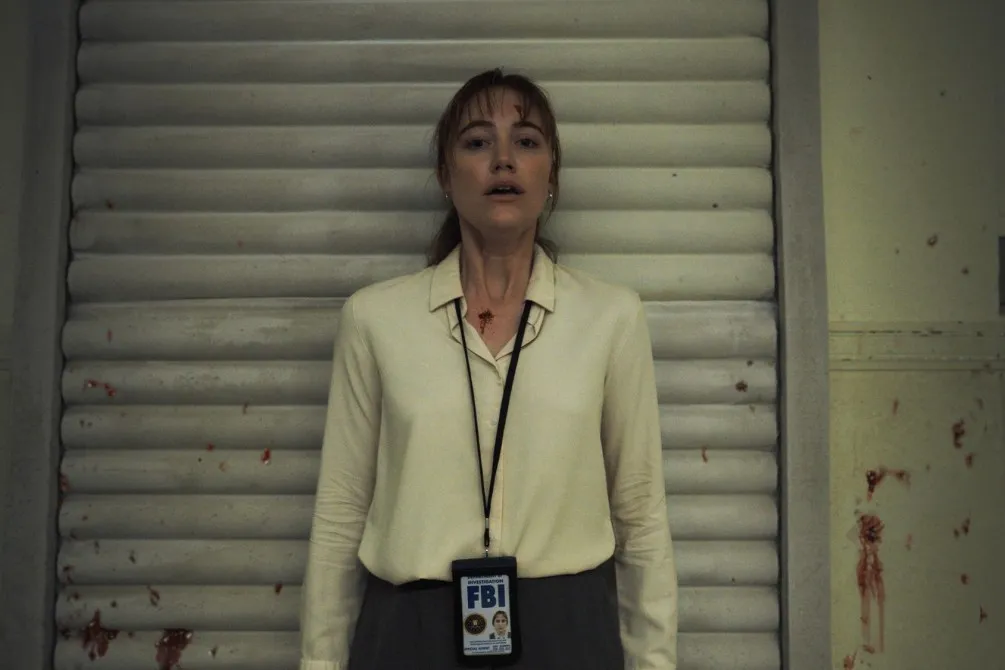Set in 1942 and adapting a book by author Damien Lewis, “The Ministry of Ungentlemanly Warfare” tells the true but unbelievable story of Operation Postmaster, a Special Operations Executive (SOE) and Small Scale Raiding Force (SSRF) mission to steal two German tugboats and one Italian merchant vessel and cripple Nazi Germany’s U-Boat operations in the Atlantic.
Using its fact-based source material as a set of rough guidelines, the film only concerns itself with delivering bombastic action scenes. “The Ministry of Ungentlemanly Warfare” follows in the footsteps of Tarantino’s “Inglourious Basterds” and classic Hollywood films like “The Guns of Navarone.” The film has a surprising amount of levity for a movie set during one of the darker parts of World War II. The United States had still not fully entered the European Theater and Nazi Germany still controlled most of Europe. The action scenes, particularly the one in which March-Phillipps (Henry Cavill) and his comrades raid a German prison to rescue their friend Geoffrey Appleyard (Alex Pettyfer), prove a great, chaotic mix of stylized violence, explosions and comedy.
The cast is mostly excellent, though many characters lack personality or character arcs. Henry Cavill’s thieving, charming March-Phillipps is a highlight, while Alan Ritchson is a revelation as the bow-and-arrow wielding Danish hunter Lassen. Babs Olusanmokun’s Heron and Danny Sapani’s KB help bring some much-needed world-weariness into the film and highlight the contributions of local resistance movements during the war. Lastly, Til Schweiger plays a cruel, crafty but ultimately one-dimensional antagonist that stands as the complete antithesis of his character in “Inglourious Basterds.” Ritchie’s kinetic direction and Ed Wild’s cinematography tie the performances and set-pieces together, even balancing the film’s crazed action scenes with quieter moments of more human drama, while Christopher Benstead’s score inserts some necessary tension into the heist scenes.
Despite how fun the film is, one has to remember that “The Ministry of Ungentlemanly Warfare” is based on a true story. It is not a revisionist piece like “Inglourious Basterds” or a work of historical fiction like “The Guns of Navarone.” The characters depicted in the film are, as the end credits remind the viewer, real people. What these end credits fail to mention is that, according to Commonwealth War Graves, many of these people, including the protagonist March-Phillipps, died in the war. Some of the film’s real life counterparts died just months after the events depicted in the film took place. The film glorifies a glaringly dark reality and conveniently ignores its aftermath. Considering this, perhaps this bombastic, heavily-fictionalized, extremely stylized action-comedy film isn’t a responsible way to depict this real history.
3 ½ stolen German uniforms out of 5















